
Updates:05/2/3014
Autism is also called autism spectrum (ASD) and it is one of pervasive developmental disorders (PDDs). Autism is common in children which affects their communication activities. According to recent studies, there is no cure for this type of PDD. Most of children suffering from autism have no impairment in social communication, social interaction as well as imagination. Parents just train their children to reduce the development of autism. The more they train their children to recover learning disabilities, the better their PDDs will improve. In this article, I would like to show you the typical signs of autism in children and training solutions. Keep reading to get clear about these issues.
I. Signs Of Autism In Children
Children with autism cannot develop communication skills and behaviors like normal children. They have many difficulties in creating conversations and interaction. Besides, children with autism mostly are not aware of their danger, lack of eye contact, get fear, obsessions and so on. The following are the typical signs of autism in children. Let’s spend a couple of minutes to check out all.
1. Communication 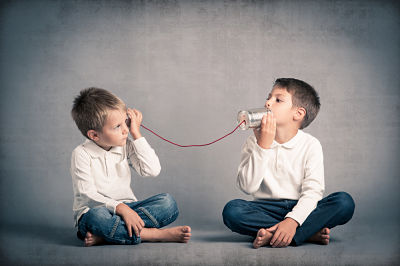
The development of communication in children allows us to know whether they have symptoms of autism or not. In fact, most children get this sign. They are not able to use spoken language and the understanding is limited. Many children just develop echolalia – this is the way they repeat words without understanding the meaning of those words. Language skills therefore are not normal like other children, including non-verbal communication, grammar usage in making a speech, comprehensive reading. Children with autism even are bad at doing simple gestures such as shaking head, nodding, and making eye contact. To compare with other children, children in autism can make conversations, but they are simple, short and maybe ambiguous.
2. Toileting Problems
Many children with autism have difficulties in toileting. Some children do not go pee in the toilet even though they are taught this rule. In general, normal children get bed-wetting, but it happens in children in autism more often and parents always get tired of this issue.
3. Eating Problems
In fact, eating problems is common in children. So, how eating problems in normal children are different to that in children with autism? It depends on behaviors they show parents. Pay attention to some eating behaviors such as the fear of eating all types of foods, no reaction to new foods, never sitting down to eat or never talking while eating.
4. Obsessions
Children always get fear of many things like ghosts, snakes or teachers. However, these signs are normal daily behaviors of every child. The problem is that children usually get obsessions. If your child has obsessions, do not miss this sign because she or he probably is getting autism. In fact, it is so hard to identify this sign of autism in children as they will not tell you their fear. They always show their obsessions in silence. You must care about their activities to help them overcome this situation.
5. Tantrums
Some children with autism have tantrums. This is the result of the bad communication. They are not able to express their real feelings. Actually, they have problems of understanding. They do not understand what you tell them and they don’t know how to respond. The ideas are sleeping in their mind.
6. Choices Of Different Activities 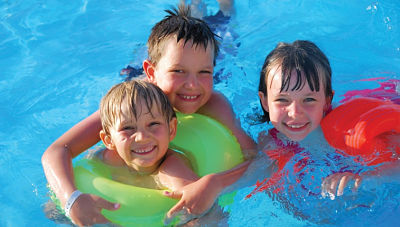
Most children with autism have difficulties in choosing a subject or a thing to do. They just stand on the thinking status. In a comparison with normal children, children suffering from PDDs take longer time to choose their favorite toys to play or react to a request or suggestion more slowly.
7. The Curriculum
Because of having difficulties in developing the brain function, and learning educational skills, children with autism may be behind the standard educational program. They maybe cannot follow the governmental curriculum like other children such as language, literacy, mathematical development, concentration, listening, looking, and understanding life. Besides, they need more time to learn self help things such as dressing, toileting at their schools.
8. Physical Development
Many children with autism cannot develop their physical growth like other normal children. This is one of the results of the signs of autism in children I mentioned above. Because those children get fears, get eating problems; get literacy problems so that they do not get the best physical development at the right ages.
9. Creative Development
Next, as a series of the low brain development, children with autism also have difficulties with creative ability. Parents can easily identify this sign of autism by observing their child’s marks in the art. If they get low marks in this subject, this fact promote the risk of autism in their child.
10. Play
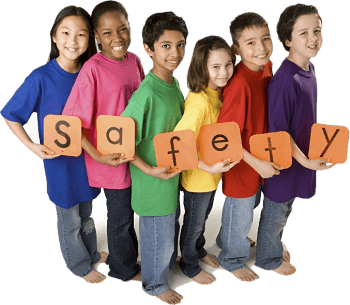 Most children are playful, interested in toys and they enjoy outdoor activities. If your child just wants to stay in a room, you must pay much attention to one of these signs of autism in children. Without playing, children actually cannot develop communication skills and have physical development.
Most children are playful, interested in toys and they enjoy outdoor activities. If your child just wants to stay in a room, you must pay much attention to one of these signs of autism in children. Without playing, children actually cannot develop communication skills and have physical development.
11. Safety And Health
As usual, many children are able to react to their pain and show their awareness of this pain, but children with autism cannot or hardly show it. They may just cry and cry. Even, if they feel cold, they don’t know how to get warmer. Imagine that in this situation, a normal child will call his mom and talk: I’m cold and I need a coat.
12. Early Signs Of Autism In Children
a. Signs Of Autism In 6 To 18 Month Old Children
In this period of time, children can get early signs of autism. The following are typical symptoms to identify:
Your baby avoids eye contact or has gaze aversion. They just prefer to watch an object directly.
Your baby does not respond to your call or your baby is not aware of sounds, bell ringing.
Your baby may not show their happy expressions.
Your baby doesn’t show the attention to pointed things.
Your baby doesn’t make some simple gestures such as waving or pointing.
b. Signs Of Autism In Pre-School Children
Here are some symptoms and signs of autism in pre-school children that you should take a look at them:
Your child gets illness often.
Your child has lower teeth growth than other children.
Your child has lower physical developments than other ones.
Your child has less social activities than other kids.
Your child just enjoys games in his or her room.
Your kid may good at drawing but there are few conversations with other classmates.
Your toddle likes flicking his or her fingers.
Your kid also likes flapping his or her hands and licking various objects.
Your kid love watching TV all day.
Your child has a temper tantrum.
He or she like banging the head and biting nails and even their skin.
Your kid suddenly get upset or distressed at bright lights, motorcycle, sounds and many other ones.
Your child strongly dislikes certain foods.
c. Signs Of Autism In School-Age Children
In this period of time, children show clearer signs of their autism. Let’s check out the following symptoms:
The children have difficulties in developing their communication skills, language learning skills.
The children with autism are afraid of communicating and low self-esteem.
The children with autism don’t have any friend at school.
The children with autism get panic attacks.
The children with autism don’t have a sense of humor.
The children with autism are unable to make clear speeches.
The children with autism don’t respond to their name when being called by teachers and friends.
The children with autism don’t reveal their points of views and contribute ideas.
The children with autism don’t show their interest in any friend or idols.
The children with autism don’t like to use gestures with arms, smile, and body language.
The children with autism don’t use eye contact in communication.
The children with autism don’t tend to pretend.
I’ve introduced the typical signs of autism in children. Now, let’s discover how to find effective training solutions for autism in the next part.
II. Training Solutions
In fact, there is no medicine to stop this syndrome in children, even adults. But children can improve autism conditions by identifying early symptoms and signs of it; using medicines, behavior training and some other treatments.
1. For Pregnant Women 
Pregnant women can take a multivitamin per day to reduce the risk of forming this syndrome in their babies. Besides, there are some scientific reports have shown that some types of vaccines and the ingredients to make vaccines can cause autism in children. Some other reports have found that there is no combination between autism and childhood vaccinations for increasing the risks of ASDS. Thus, the best way to prevent autism for pregnant women is to improve health with foods and create a balanced life.
2. For Children
In fact, you can use this method in order to treat autism in your child. Just take advantage of this treatment as soon as you identify early signs of autism in your child.
Parents can use symbols, real objects and pictures to help children reduce their frustration. This technique helps children with autism enable the ability of communication, response, awareness of common knowledge.
In addition, remember to address your child by his or her first name. This method helps the child create an automatic response to the caller as a starting step of communication.
Moreover, if you are busy to care for your child, why don’t you try to seek a nursery for your child? A chosen person must have good quality such as loving kids, patience so that she or he can help your child get rid of autism effectively.
Plus, to help your child follow the school curriculum, you can seek a tutor in order to help him or her learn subjects at home. Photo illustrated book should be included in the lesson to help your child be interested in learning.
I’ve shown you signs of autism in children and training solutions for this modern social problem. I hope you find this article useful for you.
For any feedback or ideas, share some with me. I’m happy to respond to you and share my opinion with you back.
Want More Content Like This In Your Inbox?
- Zox Pro Training System Review – How Can This System Work?
- Blood Pressure Reduction Guide Review – Is It Reliable To Read
- Top 26 Healthy Foods To Improve Mood Swings And Energy
- The 24 Hour Sinus Infection Breakthrough Review – Is It Reliable?
- 23 Ways To Prevent Childhood Obesity In America
- How to prevent epilepsy attack naturally
- Top 17 Cancer Causing Foods To Avoid That You Might Eat Everyday
- Bullet Proof Back Review – Will Eric Wong’s Program Work?



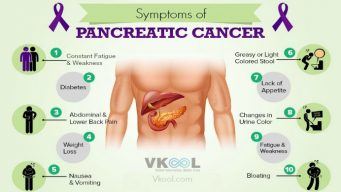



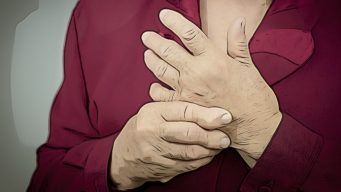



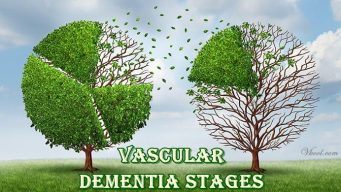

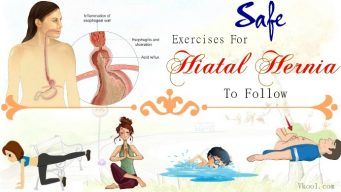

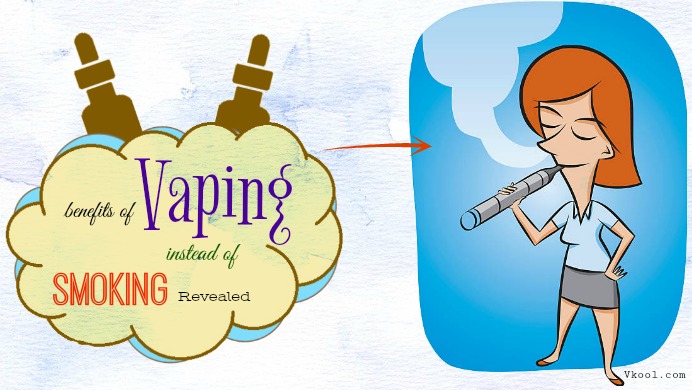




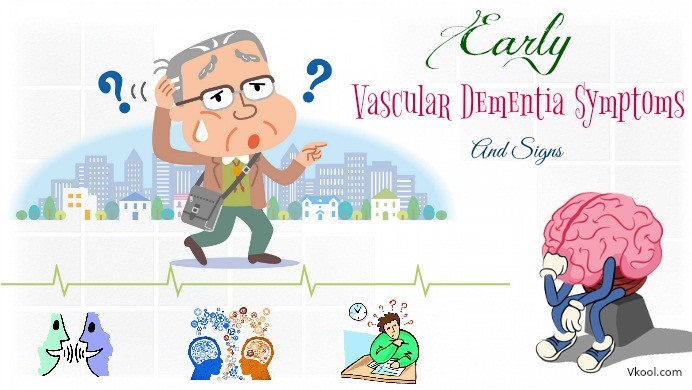

 8 Natural Ways On How To Use Aloe Vera For Acid Reflux Disease
8 Natural Ways On How To Use Aloe Vera For Acid Reflux Disease  Top 15 Home Remedies For Pilonidal Cysts
Top 15 Home Remedies For Pilonidal Cysts  Top 12 Easy Peanut Butter Recipes: Desserts And Cookies
Top 12 Easy Peanut Butter Recipes: Desserts And Cookies  Health Benefits Of Coffee And Milk 2024
Health Benefits Of Coffee And Milk 2024  35 Healthiest Fruits And Vegetables In The World To Eat & Juice
35 Healthiest Fruits And Vegetables In The World To Eat & Juice  38 best healthy Christmas food ideas for every family!
38 best healthy Christmas food ideas for every family! 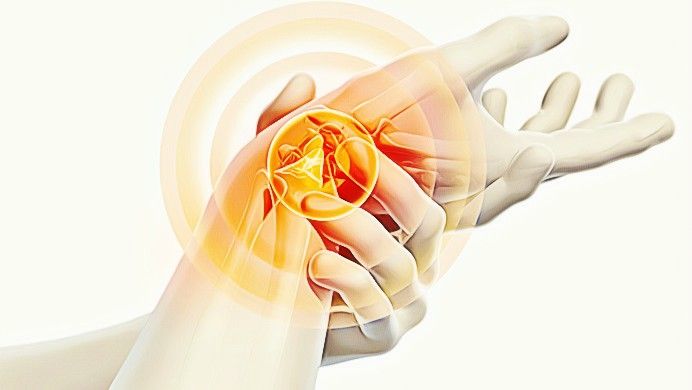 Carpal Tunnel Master Program Review – Will Hilma’s Cure Work?
Carpal Tunnel Master Program Review – Will Hilma’s Cure Work?  Health benefits of oolong tea – 10 nutritional advantages
Health benefits of oolong tea – 10 nutritional advantages  23 Health benefits of omega-3 fatty acid
23 Health benefits of omega-3 fatty acid  Top 44 Best Foods To Increase Blood Platelets Count
Top 44 Best Foods To Increase Blood Platelets Count